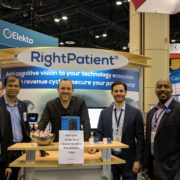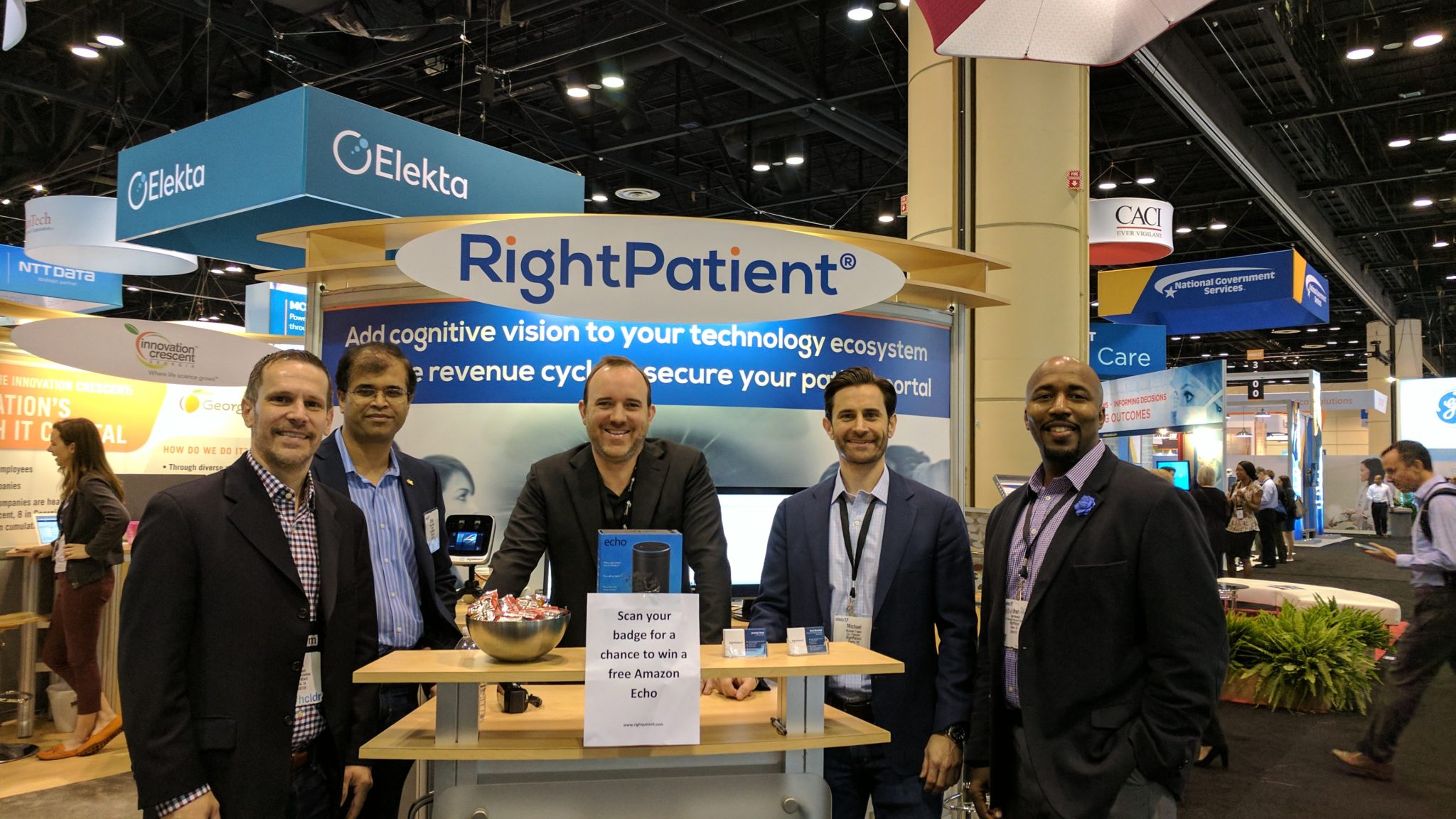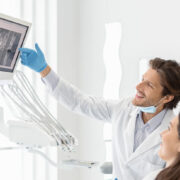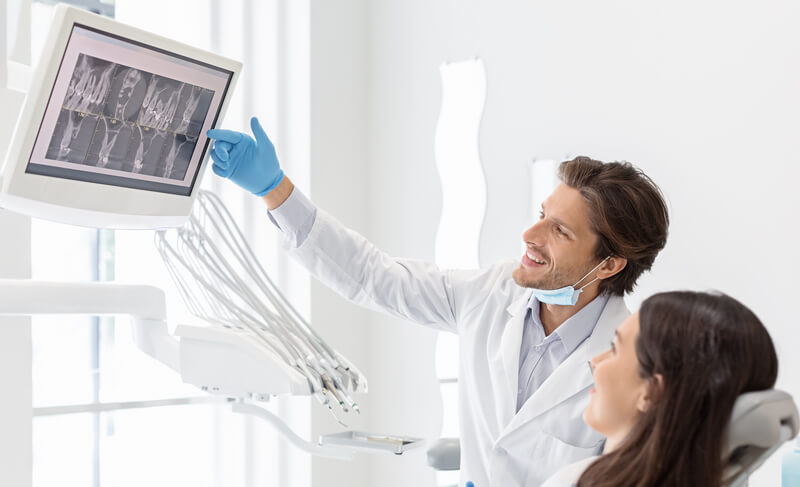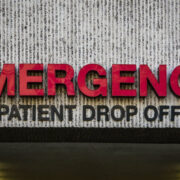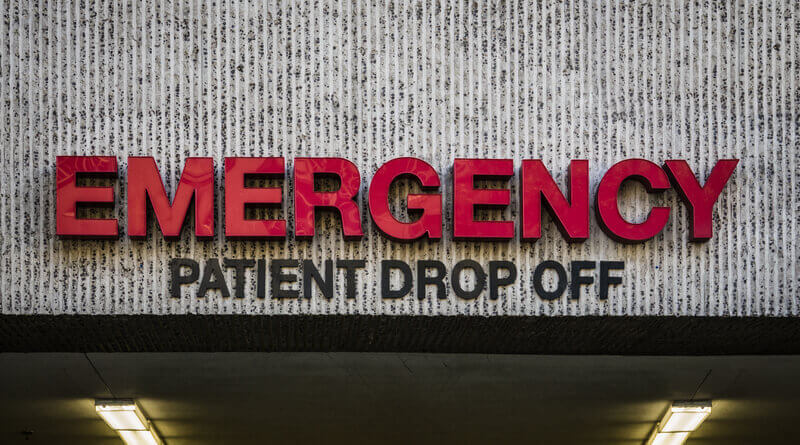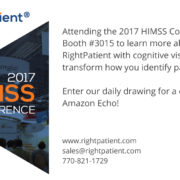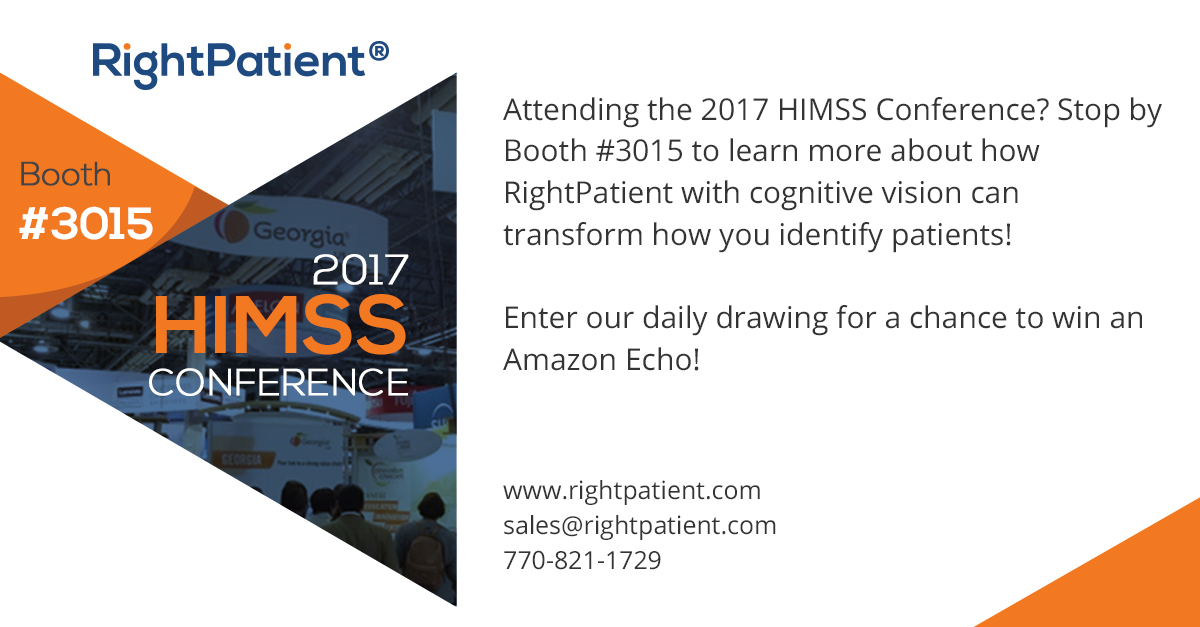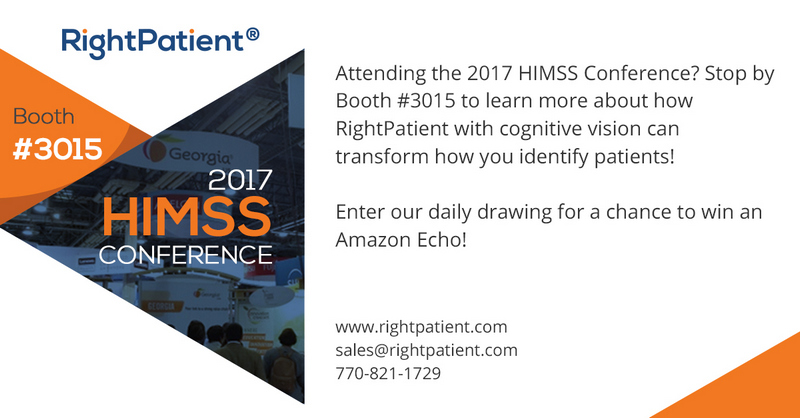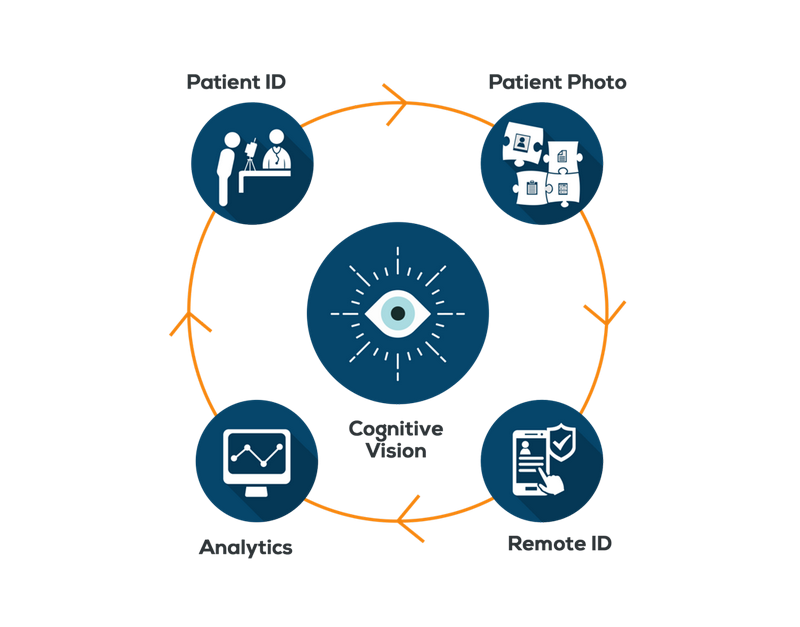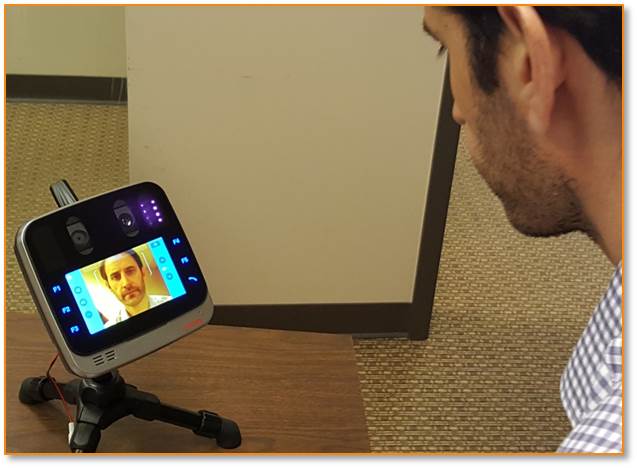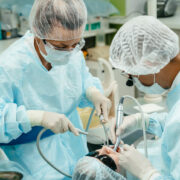How Important is Patient Safety Against the Malpractice of Medical Law?

The following guest post on patient safety in healthcare was submitted by Paul Trevino.
A patient that approaches a doctor is most likely in need of some sort of medical treatment. The patient trusts that the doctor has the necessary expertise and ability to improve if not relief his medical condition. Medical practitioners are responsible for the wellbeing of all their patients, and should treat everyone equally. Sadly, a lot of patients nowadays are not properly taken care of. Over the years, there have been lots of case of malpractice, and the reasons vary. Some say physicians are no compensated fairy; they work extra shifts, thus making them unable to focus and make sure patients are attended properly.

The fear of medical malpractice has a direct impact on patient safety in healthcare.
Nonetheless, that’s certainly no excuse to be negligent at work. The medical profession is a noble profession. It helps sustain life, thus making patients feel safe as they walk into a hospital. They deserve to be looked after because most of have health insurance, and the money that they pay helps the doctor have a personal life outside the hospital as well.
Patient expectations in medical facilities
Because it helps sustain life, the medical profession is a noble profession. Having a proper conduct when treating patients is a fundamental part of a doctor’s professional and ethical standards. In spite of this fact, there are physicians that don’t abide by the rules. Some practice defensive medicine; others don’t report incidents and are hesitant when doing a job they should master. The risk of undergoing malpractice litigation is a relevant factor
that plays a part in their behavior.
Defensive medicine is related to performing unnecessary tests and medical procedures, thus deviating from fundamental guideline practices and ignoring high risk patients. In terms of malpractice litigation, the risks involved often affect a physician’s behavior toward their patients. Following an incident, the patient can proceed with taking legal action against the healthcare professional in the hopes of preventing further incidents from happening again.
Why do patients feel unsafe in healthcare facilities?
Prior research has rendered pertinent information as to why some patient don’t feel safe in healthcare facilities. Certain physicians are used to practicing defensive medicine in order to preserve a doctor-patient bond. That being said, the most common incidents happen when patients don’t report them. Lack of feedback, time scarcity on formerly reported incidents, and even the level of bureaucracy present in many institutions have compelled many physicians to stop reporting accidents, regardless of their nature.
In some circumstances, doctors don’t disclose essential information to patients because of a faulty medical care culture, where employees are too afraid that they’ll get fired if they report misconduct or incidents. As for the medical legal system, there’s a lack of insight as far as understanding in what circumstances a certain incident occurred. Additional reasons that might compel physicians to practice defensive medicine might be related to financial burdens and increased costs of liability insurance.

Furthermore, litigation risks dismays physicians from sharing sensitive information regarding incidents to their patients. Healthcare workers may not be able to provide a patient with all the required details following an error due to perceived lacks of legal protections from the law. If a physician thinks that disclosure can persuade a patient not to file a complaint, they might endorse sensitive information; otherwise they prefer to keep quiet and not reveal too much.
A senior patient’s relationship with his caregiver
Unlike general physicians that work in hospitals, caregivers tend to develop different relationships with their patients. In some case, they become extremely close and the bond nearly become a friendship. But caregivers must also develop a sense of responsibility. Otherwise they are predisposed to medical malpractice, too. Many have been accused over the years that they don’t look after their patients, or that they don’t have the skills to provide enough advice to help the patient recover.
Malpractice is a very sensitive topic in the medical environment. Both caregivers and physicians should do everything they can to make sure their patients are on the right path to recovery. Whether you have a loved one currently living in care homes in Maidstone, or you’re considering hospitalization, it might be a good idea to know more about the rules and regulations of the facility. This will help you provide the best possible care for your beloved relative.
Paul Trevino is interested in writing about health and fitness related issues. He has a deep knowledge at this field. He also enjoys reading fitness magazines at his free time.






